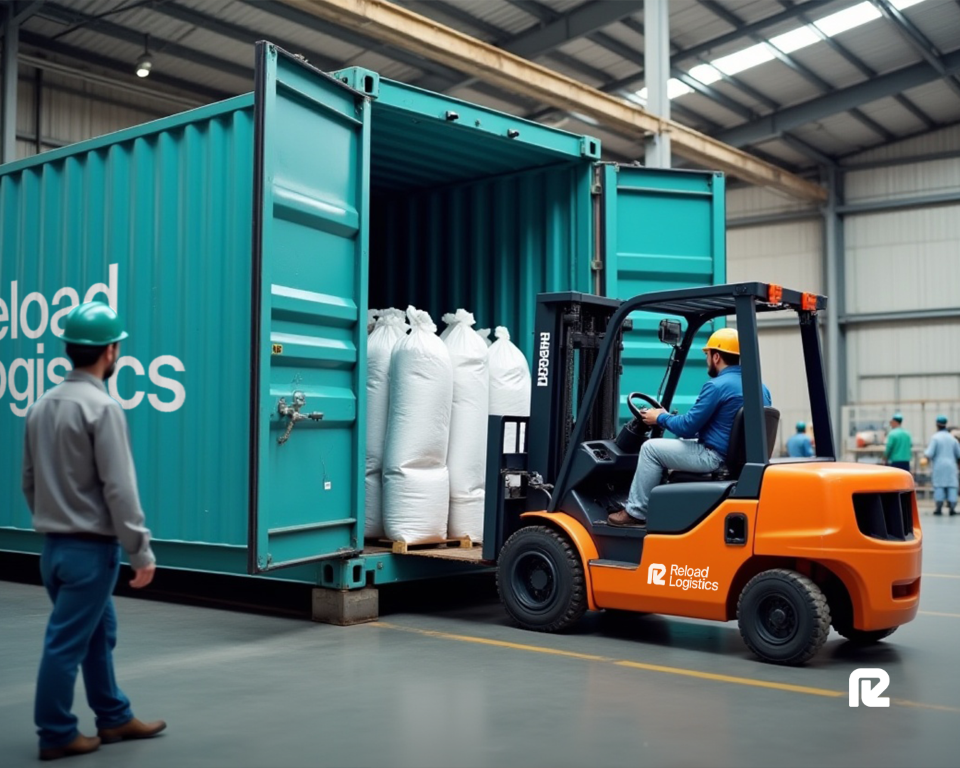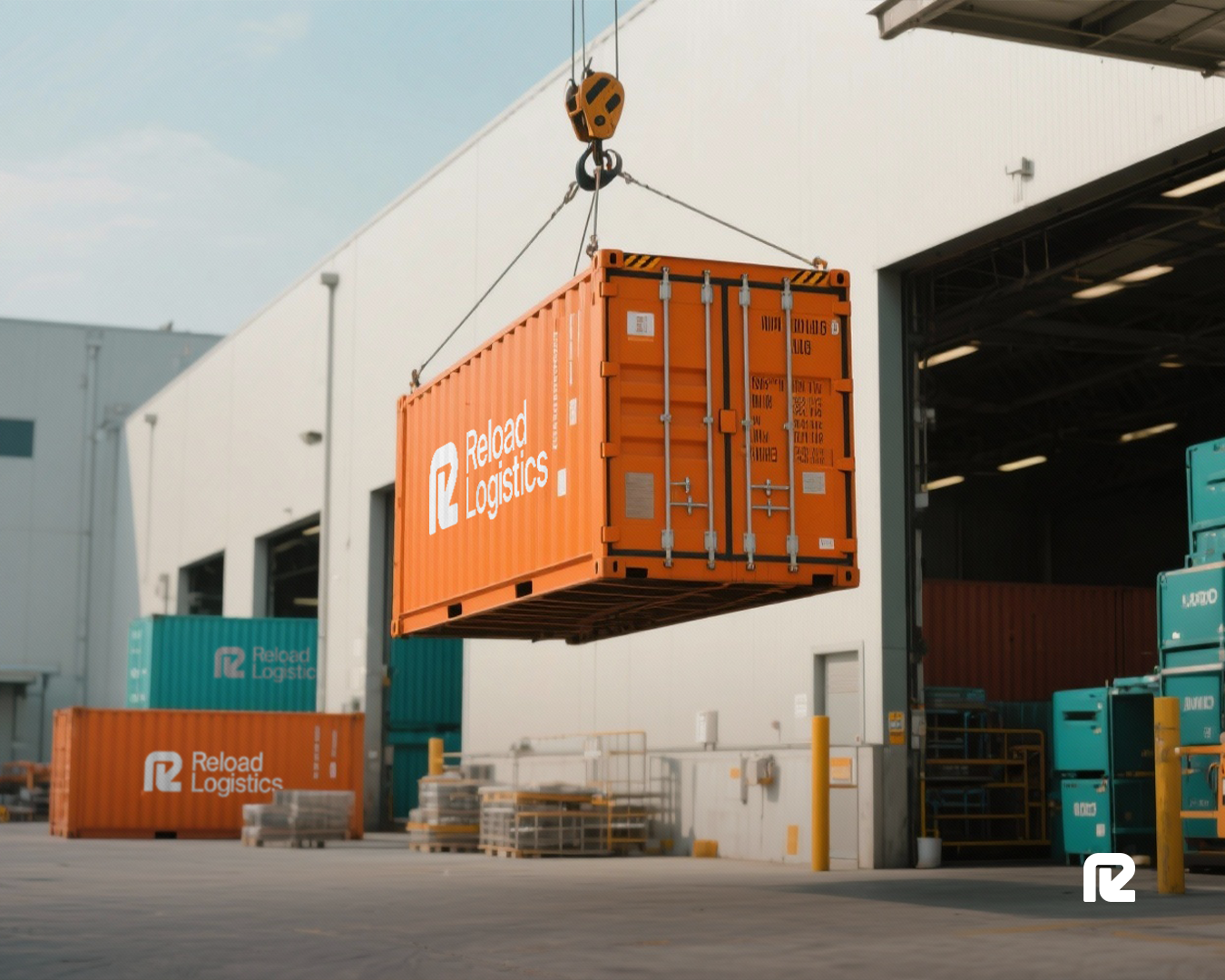Free Trade Zones in Global Logistics: Definition, Examples, and Advantages of Using Free Trade Zones


One of the most effective ways to move goods across borders is to utilize Free Trade Zones (FTZ), designated areas that allow companies to store, process, or manufacture goods under special customs and tax rules.
Free trade zones are all over the world and are now critical to the fast-moving pace of international supply chains, offering businesses flexibility to operate with reduced costs and simplified procedures. These free trade zones are not quite tax havens, but strategic enablers of global trade competitiveness that encourage supply chain resilience.
Below, this article will look at some specific free trade zones, their main characteristics, and how they differ from foreign trade zones.
What is a Free Trade Zone?
A free trade zone, sometimes also called a foreign trade zone, is a designated area within a country where goods and cargo can be imported, handled, manufactured, and exported without being subject to local customs duties or taxes.
These areas have been established globally to encourage trade and investment by reducing the amount of administrative and financial barriers associated with cross border import and export operations.
Free trade zones are typically located near major ports, airports, and border crossings, making transportation to and from simple, and supports coordination with logistics networks and providers.
Definition of Free Trade Zone with Examples
Some of the largest free trade zones include the Jebel Ali Free Zone in the UAE, and Colon Free Zone in Panama, which handle billions of dollars of re-exported goods annually.
In Africa there is the Lekki Free Trade Zone in Nigeria, and the Walvis Bay Free Economic Zone in Namibia, which will be looked into in more detail later. These are driving continuous regional trade growth as they provide tax incentives to shippers moving through these areas, as well as a strong and improving logistics infrastructure.
Below are some more of the most well-known free trade zones across the world:

Foreign Trade Zones vs. Free Trade Zones
Although often used interchangeably, foreign trade zones and free trade zones differ slightly in structure and legal interpretation.
The United States most commonly use the phrase “foreign trade zone” and refers to a domestic area where imported cargo is treated as if it is outside the country for customs purposes.
In contrast, the term “free trade zones” is more commonly used internationally and usually allows broader manufacturing and commercial operations.
The main differences and commonalities are below:

The Importance of Free Trade Zones in Supply Chain Optimization
Free trade zones act a bit like buffers within the supply chain, allowing companies to store their inventory close to key markets while delaying duty payments and other taxes. For logistics providers, free trade zones are like extensions of distribution centers as they reduce congestion at ports, support just-in-time manufacturing, and make re-export operations much more efficient by allowing goods to remain under customs control while being repackaged or consolidated for export. This eliminates redundant import procedures and significantly reduces re-export lead times.
Key supply chain advantages include:
• Duty deferral until goods enter the domestic market.
• Simplified customs procedures that speed up cargo clearance.
• Lower warehousing costs due to deferred taxation.
• Flexibility in repackaging, assembly, and labeling inside the zone.
The Main Characteristics of Free Trade Zones
Free Trade Zones operate under unique legal and logistical frameworks designed to enhance trade facilitation. Below are the main characteristics of free trade zones:
Secure Areas: All free trade zones are physically secured and monitored safely, making sure that there’s consistent and strict control of goods entering and leaving the zone. This reduces the risk of smuggling and theft risks, as well as enhances customs oversight.
Treatment of Goods Outside Customs: Cargo within free trade zones are considered to be outside national customs territory, meaning companies can import goods such as raw materials, assemble products, or conduct value-added processes without triggering import duties until the products have been sold and leave the zone.
Simplified Administrative Procedures: Free trade zones streamline paperwork, inspections, and documentation. Instead of having to file multiple customs declarations, businesses can often submit periodic consolidated reports instead, saving time and costs on those administrative tasks.
Operational Elements of Free Trade Zones
Free trade zones are so effective because they practice strong infrastructure, partnerships with customs authorities, and logistics management.
Activities Allowed in Free Trade Zones
Businesses can undertake storage, packaging, labeling, manufacturing, assembly, and repair within the zone. These activities enable added value before goods reach end markets.
Restrictions and Compliance Requirements
Operators of free trade zones must maintain accurate records, adhere to customs security rules, and undergo periodic audits.
Reload Logistics ensures compliance with local customs authorities and international shipping regulations to maintain seamless cargo flow.
Benefits of Utilizing Foreign Trade Zones
On top of the tax and delayed duty benefits that come with utilizing a free trade zone, there are also advantages relating to flexibility, speed, and resilience:
• Duty Deferral and Elimination: Companies defer or eliminate import duties until products enter domestic markets, improving cash flow.
• Inverted Tariff Relief: In cases where finished goods are taxed at lower rates than raw materials, free trade zone operations allow companies to pay the lower tariff on the final product, known as inverted tariff relief.
• Enhanced Quality Control and Compliance: Goods in free trade zones can undergo inspection, testing, and repackaging under controlled environments, meaning they always meet export standards before shipping.
• Streamlined Customs Procedures: Free trade zones simplify import and export paperwork, allowing faster cross-border movements and reduced dwell times.
• Enhanced Global Competitiveness: By reducing costs and administrative burdens, free trade zones allow companies, and the countries hosting them, to compete more effectively in global supply chains.
Africa’s Growing Network of Free Trade Zones
The logistics landscape across Southern Arica is evolving rapidly, with free trade zones at the center of regional integration, economic growth, and the development of transportation networks.
Lekki Free Trade Zone in Nigeria is anchored by the new deep-water port, Lekki is positioned as a major hub for West African manufacturing and re-exports.
Walvis Bay Free Zone in Namibia connects Southern African economies to global shipping routes, supporting bulk and project cargo.
Beira and Nacala Corridors in Mozambique offer access to inland markets such as Zambia and Zimbabwe through bonded and duty-free facilities.
Mauritius Freeport serves as an Indian Ocean logistics and transshipment hub with strong re-export infrastructure.
These zones are unlocking new trade corridors and enabling companies like Reload Logistics to offer integrated services like warehousing and transport solutions, across multiple borders and regions.
Free Trade Zones are central to modern trade strategies and efficient supply chains. They enable cost efficiency and faster movement of goods through complex logistics networks globally.
Reload Logistics, with its extensive presence across Southern Africa, supports clients in navigating and operating through free trade zones. By combining years of expertise with on-the-ground logistics capability, Reload supports businesses leverage the full benefits of these zones, unlocking new levels of efficiency and competitiveness in global trade.
Contact Reload to discuss how you can get support navigating these free trade zones while utilizing their regional expertise.
Frequently Asked Questions (FAQs)
What is a free zone in logistics?
A free zone in logistics is a designated area where goods can be stored or processed without immediate customs duties or taxes being owed.
What is a FTZ in logistics?
An FTZ (Free Trade Zone or Foreign Trade Zone) allows businesses to import and export goods under reduced customs regulations and duty benefits.
Who benefits from free trade?
Manufacturers, exporters, shippers, logistics providers, and consumers all benefit through lower costs, better efficiency, and increased market access.
What is a Free Zone example?
Examples include Jebel Ali FTZ (UAE), and Lekki FTZ (Nigeria).
How does a free trade zone work?
Goods enter the zone duty-free, undergo processing or storage, and only incur duties when leaving the zone and entering the domestic market.
Does the EU have a free trade zone?
Yes, several EU countries maintain Freeports and Special Economic Zones for trade facilitation.
What operations are not allowed in a FTZ zone?
Activities that violate customs laws, environmental standards, or unauthorized manufacturing outside the approved business scope.
Is a free trade zone the same as a bonded warehouse?
Not exactly, a bonded warehouse stores goods temporarily under customs control, while a free trade zone allows for processing, manufacturing, and long-term operations under duty relief.
Categories





